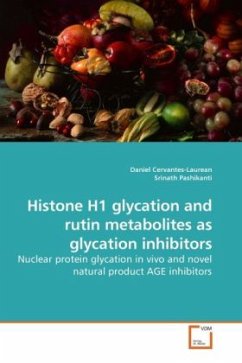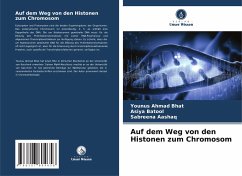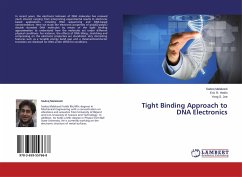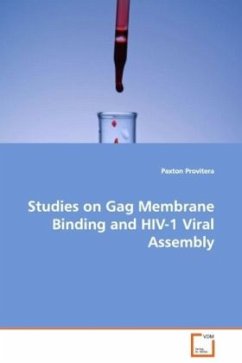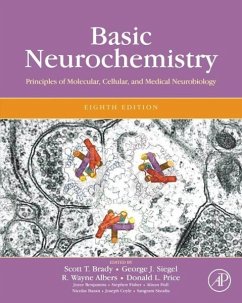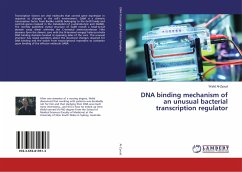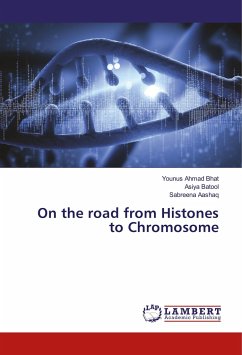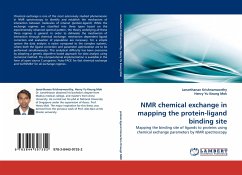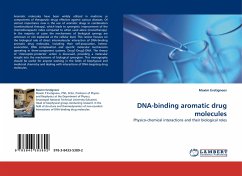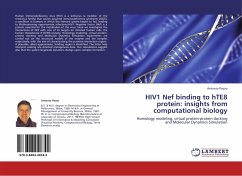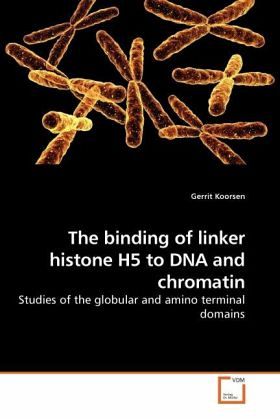
The binding of linker histone H5 to DNA and chromatin
Studies of the globular and amino terminal domains
Versandkostenfrei!
Versandfertig in 6-10 Tagen
45,99 €
inkl. MwSt.

PAYBACK Punkte
23 °P sammeln!
Linker histones (H1/H5) are highly abundant, basic chromatin proteins. Most linker histones have a three-domain structure, consisting of a central, folded globular domain, flanked by basic N- and C- terminal "tail" domains. Through the action of two DNA-binding sites ("site I" and "site II"), the globular domain binds to the nucleosome, whilst the tail domains are thought to partially neutralise the negative charge on DNA that connects nucleosomes. Functionally, linker histones facilitate the formation of the "30 nm" chromatin fibre. In this book, the results of an extensive investigation of t...
Linker histones (H1/H5) are highly abundant, basic chromatin proteins. Most linker histones have a three-domain structure, consisting of a central, folded globular domain, flanked by basic N- and C- terminal "tail" domains. Through the action of two DNA-binding sites ("site I" and "site II"), the globular domain binds to the nucleosome, whilst the tail domains are thought to partially neutralise the negative charge on DNA that connects nucleosomes. Functionally, linker histones facilitate the formation of the "30 nm" chromatin fibre. In this book, the results of an extensive investigation of the binding of linker histone H5 to DNA and chromatin are reported. The question of whether the globular domain of H5 (GH5) more closely resembles an HNF or RFX mode of binding was addressed. Furthermore, the structure and function of the amino- terminal domain of H5 was investigated.



